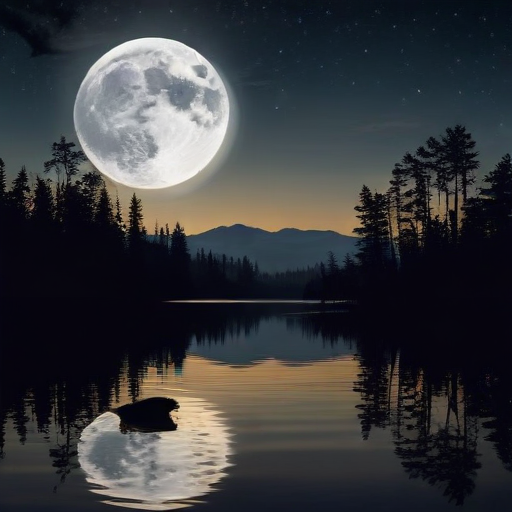The upcoming full moon in November 2024, known as the Beaver Moon, will also be a supermoon, appearing larger and brighter than a typical full moon. This celestial event is scheduled to peak on Friday, November 15, at 3:29 p.m. CST, though it will be visible and vibrant throughout the nights of Thursday and Saturday as well.
As winter approaches, skywatchers are presented with a fantastic opportunity to view this stunning lunar spectacle before the colder months bring rounder and more subdued views of the night sky. This will be the final supermoon in a series of four that have graced 2024, following August’s blue moon, September’s harvest moon, and October’s hunter’s moon.
The name “Beaver Moon” originates from both Native American and colonial American traditions, referencing the time of year when beavers prepare for winter. Trappers commonly took this opportunity to set traps before waters froze, ensuring a steady supply of furs for warmth during the cold months ahead.
Notably, the November full moon’s designation can change depending on its timing; if it occurs before November 7, it is referred to as the Hunter’s Moon. Various Native American tribes have different names for this moon, highlighting the rich cultural significance attached to this lunar phase.
A supermoon occurs when the moon comes closest to Earth in its orbit during a full moon, resulting in an appearance that can be about 7% larger and 15% brighter than a regular full moon. Observers can expect a truly breathtaking sight on November 15.
Looking ahead, the next full moon, known as the Cold Moon, will peak on December 15 but will not be a supermoon.
As we move into winter, opportunities to witness such extraordinary lunar events become limited, making this November full moon particularly special. It encourages everyone to take a moment to step outside and connect with the beauty of the night sky, an uplifting reminder of nature’s wonders.
In summary, the Beaver Moon on November 15, 2024, is a cosmic highlight, representing not only a beautiful celestial event but also a meaningful time of reflection on nature and the changing seasons.
